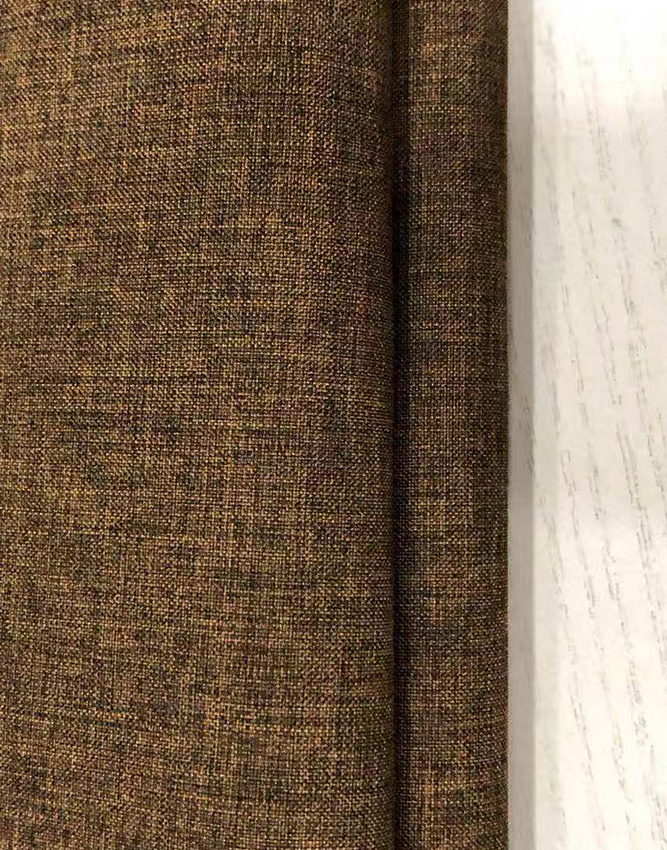

Analysis of common problems in the finishing of sweater […]
Analysis of common problems in the finishing of sweaters
1. Wool is a natural protein fiber. It is favored by consumers for its fluffy, plump and warm characteristics, and enjoys the reputation of "fiber gem". The finishing process of woolen sweaters has been greatly developed since the late 1990s, especially the application of mercerized shrink-proof technology for woolen garments, which has significantly improved the quality and added value of sweaters. With the development of economy and the improvement of people's living standards, the color and composition of sweaters have changed in recent years; the trend of diversification of styles and accessories is obvious. It is no longer a single pursuit of the traditional requirements of warmth, machine wash, shrink-proof, and slippery feel. It also pays attention to colorful clothes, personalized styles, health and environmental protection, easy care, and multi-function. These requirements have brought new opportunities and challenges to the dyeing and finishing of woolen sweaters. At the same time, the many new requirements mentioned above have more diverse and complicated problems in finishing processing.
2. Common problems
2.1 Color
At present, the chlorinated shrink-proof finishing technology of wool garments is the best method of shrink-proof effect. The technology is mature, the control is simple, and the cost is the lowest. The finished product can meet daily machine washing and can also obtain very good super softness. Hand feel, so it is widely used. In this processing, the consistency of the sweater color before and after processing is the most critical element for investigating the processing quality. However, the problem of color and fastness changes before and after processing is very common due to the types of fiber materials, the types of dyes used and the color fastness. Such changes directly affect the designer's design goals and the overall quality of the sweater.
2.1.1 Fading
Fading is the most common phenomenon in the processing of woolen sweaters in medium colors, especially dark colors (black, dark navy, red, etc.). If only a small amount of floating color fades, it generally does not affect the quality of the sweater. But in the past two years, this phenomenon has become more and more common and serious. From the results of the random inspections of our processed clothes, most of them are caused by poor color fastness, incomplete washing of floating colors, and inability of dyes to resist chlorine.
2.1.2 Staining and matching
With the fashionable design of sweater styles, jacquard fabrics occupy the mainstream of the market, and the jacquard has a wide variety of colors and a large contrast in color. Under such circumstances, the staining and color matching phenomenon caused by severe fading will increase.
2.1.3 Discoloration
1. Yellowing
The reasons are:
①The chlorinated shrink-proof process itself turns yellow (the lighter the color, the more obvious);
②The alkali treatment in the mercerizing process;
③The steaming after printing will make the wool yellow;
④The clothes themselves contain fluorescent brighteners, which should increase The whitening agent is not resistant to chlorine or fades during processing;
2. The dye is not resistant to chlorination and changes color
The reasons are:
① In order to increase the color fastness, inappropriate reactive dyes are selected. The color fastness of the yarn is acceptable when the yarn leaves the factory. However, the selected dyes have not been screened for chlorine resistance. Decreased fastness or discoloration;
②Contains a large amount of cellulose fiber (more than 10% discoloration is obvious), the reason is that the reactive dyes used are not resistant to chlorine;
3. Discoloration of accessories:
The reasons are: non-wool accessories are chlorinated and discolored, such as zippers and buttons that are not resistant to chemical corrosion or residual chemical additives.
In summary, fading, staining and discoloration are independent of each other, and there is a close internal connection. However, the color fastness is a major prerequisite, which is directly related to the difficulty of finishing and processing quality. If the color fastness is not high, it will bring great difficulty to the finishing and directly affect the overall quality of the sweater.
https://www.sigma-textile.com/
